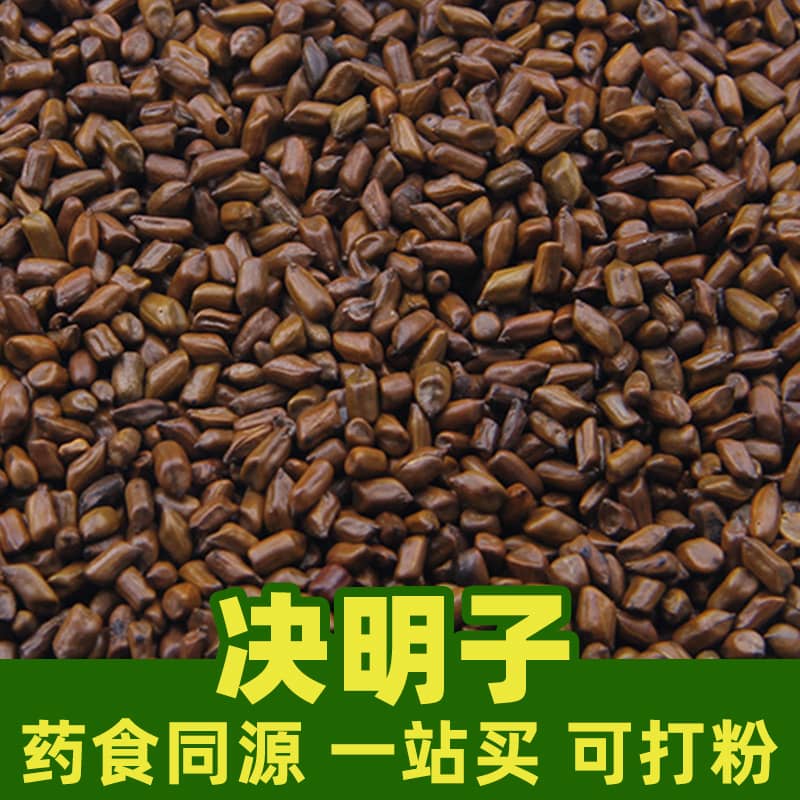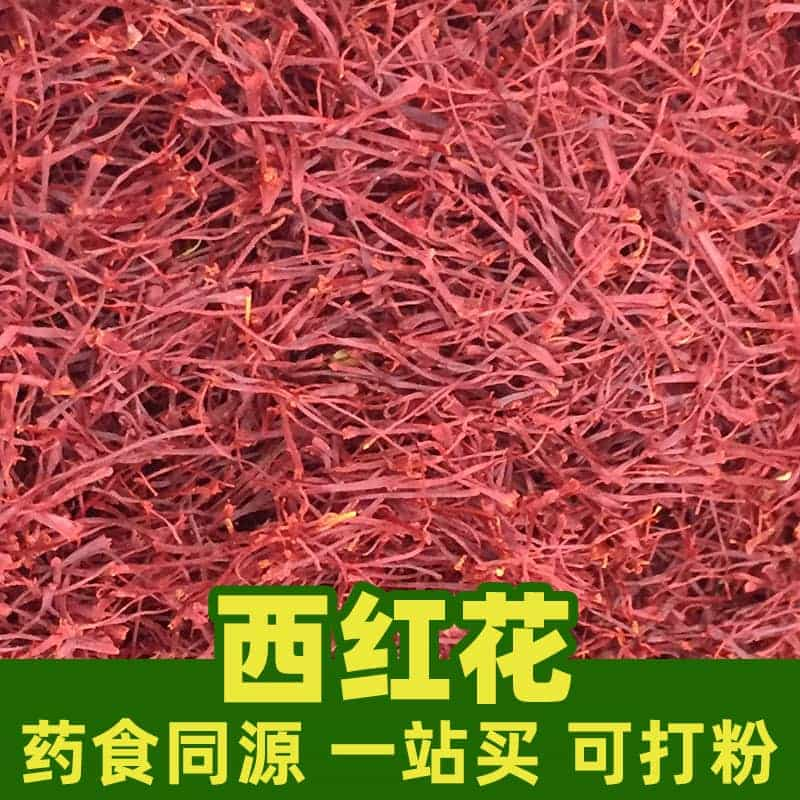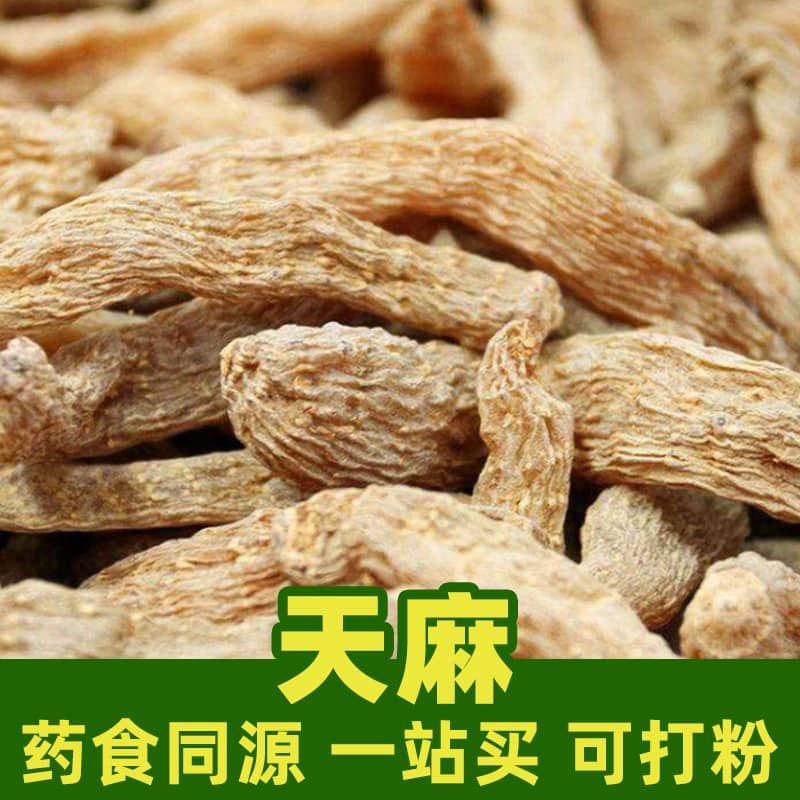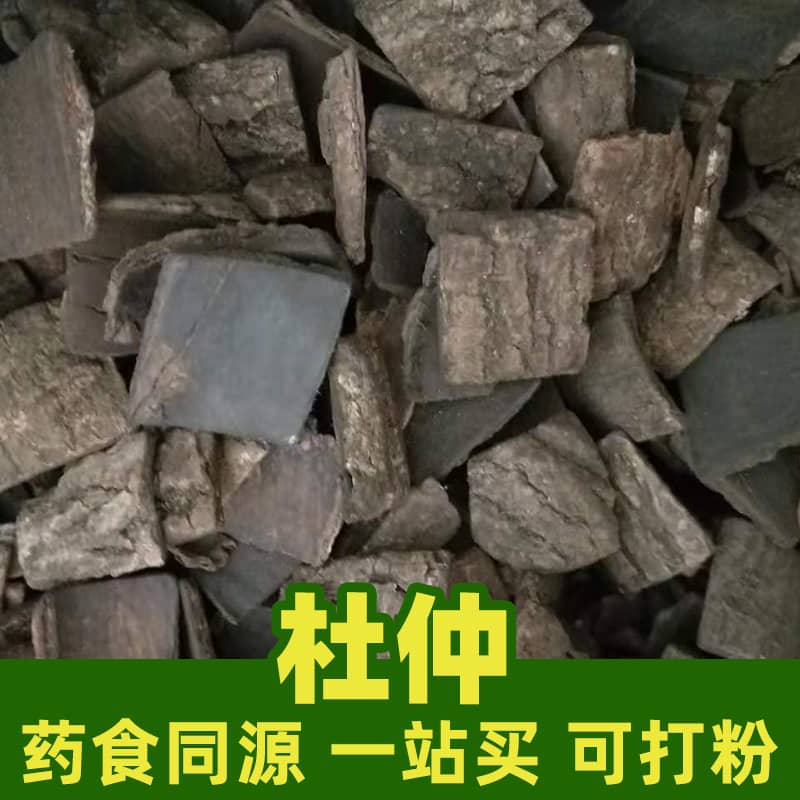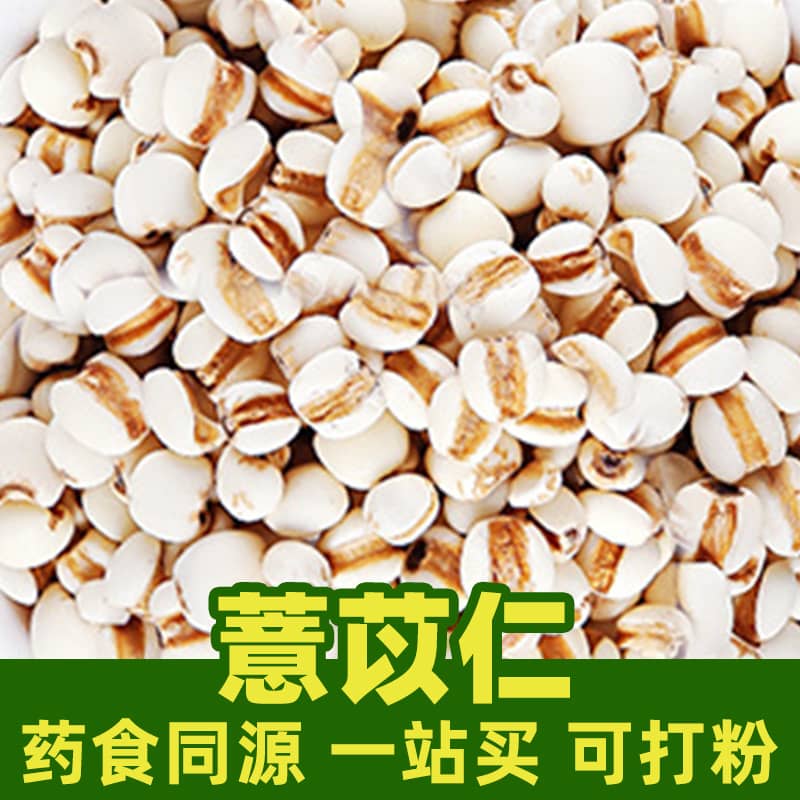Product Introduction
Sea buckthorn is a shrub with oval or egg-shaped fruits that have a bright orange-red exterior and vibrant orange-yellow flesh. The fruit is oily, with a tangy-sweet, juicy flavor. It grows mainly in Asia, Europe, and North America, particularly in sandy coastal areas. The berries are packed with nutrients like vitamin C, vitamin E, carotenoids, flavonoids, and saponins. Additionally, sea buckthorn contains unsaturated fatty acids, dietary fiber, and minerals.
Sea buckthorn offers benefits such as nourishing the skin, antioxidant effects, and anti-inflammatory properties. It is widely used in skincare, immune support, and blood lipid regulation. It can be consumed directly or made into products like juice, jam, and edible oils. To retain freshness and quality, store sea buckthorn in a cool, ventilated, and dry place. Fresh sea buckthorn can be refrigerated or processed for preservation.
Main Active Ingredients
Sea buckthorn fruit is rich in essential nutrients, mainly including vitamin C, vitamin E, carotenoids, flavonoids, and saponins. Vitamin C is an antioxidant that helps protect against free radical damage. Vitamin E also has antioxidant properties and helps maintain cell health. Carotenoids are vital antioxidants for skin and eye health. Flavonoids assist in inflammation regulation, benefiting cardiovascular health. Saponins provide antibacterial and anti-inflammatory effects.
Sea buckthorn is also high in unsaturated fatty acids, like linoleic and alpha-linolenic acids, which are beneficial for heart health. It is rich in dietary fiber and minerals like potassium, calcium, and magnesium, which support digestion and normal body functions.
Applications and Usage
Sea buckthorn has versatile uses. It can be eaten fresh as a tangy, juicy fruit. Additionally, sea buckthorn is used to make juice, jam, and edible oils. Sea buckthorn juice can be consumed directly or as a base for beverages and flavorings. Sea buckthorn jam pairs well with bread and yogurt, offering a unique flavor and nutritional value. Sea buckthorn oil, rich in unsaturated fatty acids, is suitable for stir-frying, salad dressings, and other culinary uses.
The amount of sea buckthorn consumed can be adjusted based on individual needs and preferences. Typically, a moderate daily amount is recommended, but the exact dosage depends on personal health and tolerance.
Plant Source, Distribution, and Growth Environment
Sea buckthorn is a shrub that thrives in sandy coastal environments. It adapts well to sandy or rocky soil, tolerates saline-alkaline conditions, and prefers sunny, dry, and warm climates. Sea buckthorn is primarily distributed across Asia, Europe, and North America, in countries like China, Russia, Mongolia, and Canada.
Harvesting, Processing, and Storage
Sea buckthorn is typically harvested when it ripens in the fall. After harvesting, the berries can be eaten fresh or used to make juice, jam, and other products. The harvested fruit should be stored in a cool, ventilated, dry area to preserve quality. Fresh sea buckthorn can be refrigerated or processed for long-term storage.
Monica Sun is a seasoned expert in the natural raw materials industry, with over a decade of experience specializing in traditional Chinese medicinal herbs, spices, and fungi. She is skilled in the sourcing, processing, and application of these materials, emphasizing sustainability and innovation. Monica Sun has contributed to the development of high-quality natural raw materials that serve as essential components in functional foods, pharmaceuticals, and cosmetics, delivering tailored solutions to meet diverse market needs.









